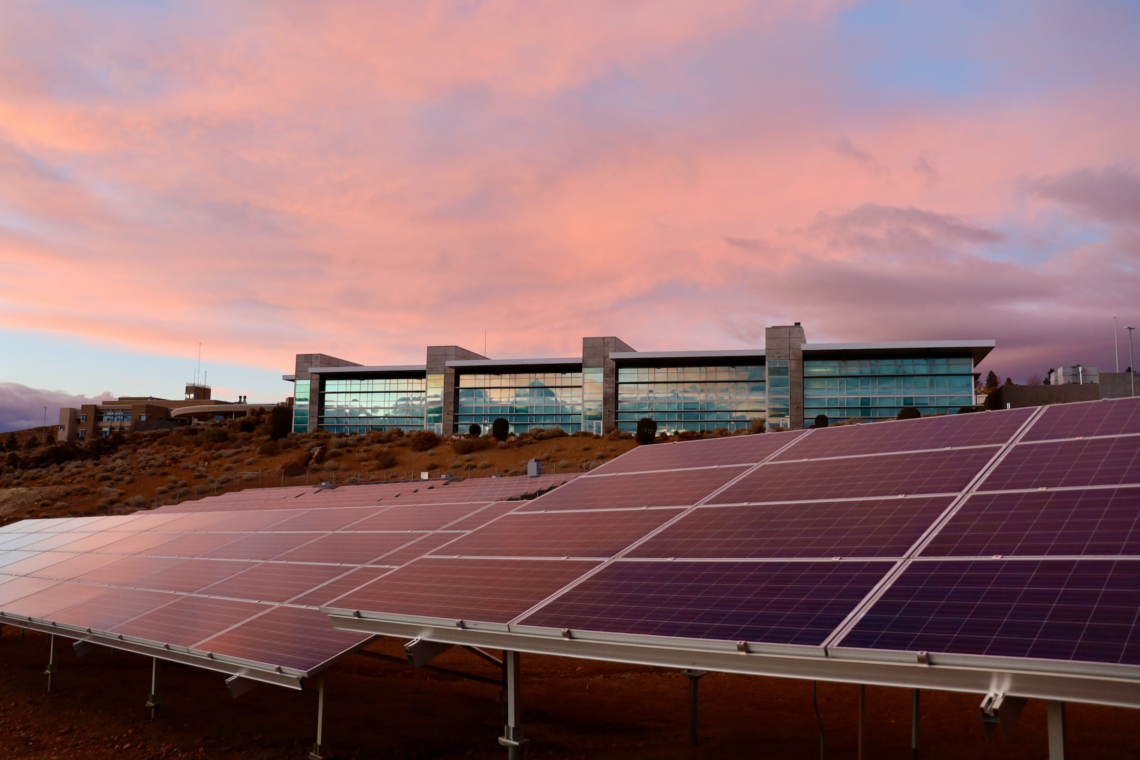Susformation
The solution to creating sustainable organisations operations businesses
Susformation is the biggest business opportunity of the century, in Finland worth over €14 billion in investments. It is the active transformation of the core of your business to solve challenges our society faces today and tomorrow. With susformation, modern organisations create structures, services and products that enable sustainable growth.
WEBINAR
Susformation – Bridging sustainability with business success
Watch our webinar and learn more about susformation and how you can turn sustainability into a competitive advantage and an asset.
In addition to deep diving into susformation, we are honoured to have as guests two inspirational leaders from organisations that not only view sustainability as a strategic issue, but have sustainability at the core of their business model.

Speakers

Maria Sangder
CEO, Gaia Consulting

Timo Huhtamäki
CEO, Emmy Clothing
Company

Kati Pallasaho
SVP of Strategy &
Sustainability, Lindström

SusTainability + Transformation
01

SUSTAINABLE GROWTH
Sustainable growth creates more from less, bringing benefits and added value to the organization’s customers, its operations and, more broadly, society as a whole.
02

ADDED VALUE
Science and research are the cornerstones of our 360° approach. We measure your impact, identify risks and opportunities. We help you assess what kind of actions are needed.
03

PROVEN IMPACT
The goal of our work is measurable sustainability impacts. Our expertise combines deep sustainability expertise with business understanding.
For organisations to successfully navigate through the green transition, and thrive while at it, they must go through a sustainable transformation — we call it susformation.
Why susformation?
Susformation is the biggest business opportunity of the century
Nature is the greatest disruptor of our time. The effects of climate change, biodiversity loss and resource scarcity are complex, interlinked and definitely tied with our business environment.
All organisations need to decide their tactics. Should efforts be placed mainly on ensuring that your business meets minimum requirements, or should you aim to leverage the possibilities offered by the green transition to build better business?
Susformation is a journey, where the first step is the decision to start. For some, it means survival. For most, susformation means new opportunities and growth.
Susformation is an active effort
Strategic shifts don’t happen overnight but fortunately there are clear places from where to start.
INTERNAL INPUT
ENVISION FUTURE IMPACT
SUSTAINALIZE OFFERING
RETHINK VALUE CHAIN
ALIGN THE ORGANIZATION
DRIVE SUSTAINABLE GROWTH
Measure impact
Lead by example
Be part of the solution
EXTERNAL IMPACT
Susformation themes
The time for one-off sustainability actions is over
Drivers for change, such as the energy crisis and circular economy, create opportunities for growth for organisations that, in turn, shape the markets. Sustainable financing, changes in consumer behaviour, and legislation will continue to support sustainable companies even more in the future.

climate change
Climate change is a grave threat, with an opportunity
Combating climate change and limiting global warming to 1.5 degrees Celsius requires effective emission reductions in all sectors. The climate crisis threatens business, but the green transition is also an opportunity to create a competitive advantage by offering carbon-neutral solutions.
BIODIVERSITY
Stopping the loss of biodiversity is one of the biggest environmental challenges of our time
Biodiversity is the richness of both species and habitats living on Earth and is a prerequisite for human existence. All businesses and societies depend on the biological regulatory and productive services provided by nature’s diversity.


circular economy
Circular economy as a solution to the climate and biodiversity crisis
We are currently consuming natural resources beyond the earth’s carrying capacity. Resource scarcity is already visible in higher business costs and threatens the availability of raw materials in the future. A circular economy, where raw materials and resources stay in value chains for as long as possible, is a central key to the green transition and the climate and biodiversity crisis.
energy transition
Achieving the climate goals requires a large-scale energy transition
Abandoning fossil fuels and moving towards renewable and emission-free forms of energy is central to the green transition. Climate goals require even more sustainable energy systems. New, strong and flexible energy networks enable sector coupling, i.e. connecting different forms of energy to each other and to the structures of society.

SUSFORMATION white paper
Bridging sustainability with business success
Replace one-off sustainability actions with strategic sustainability and align your strategy with the green transition. Take the first step towards susformation and download our white paper.

